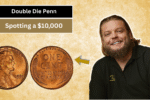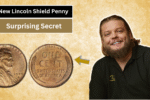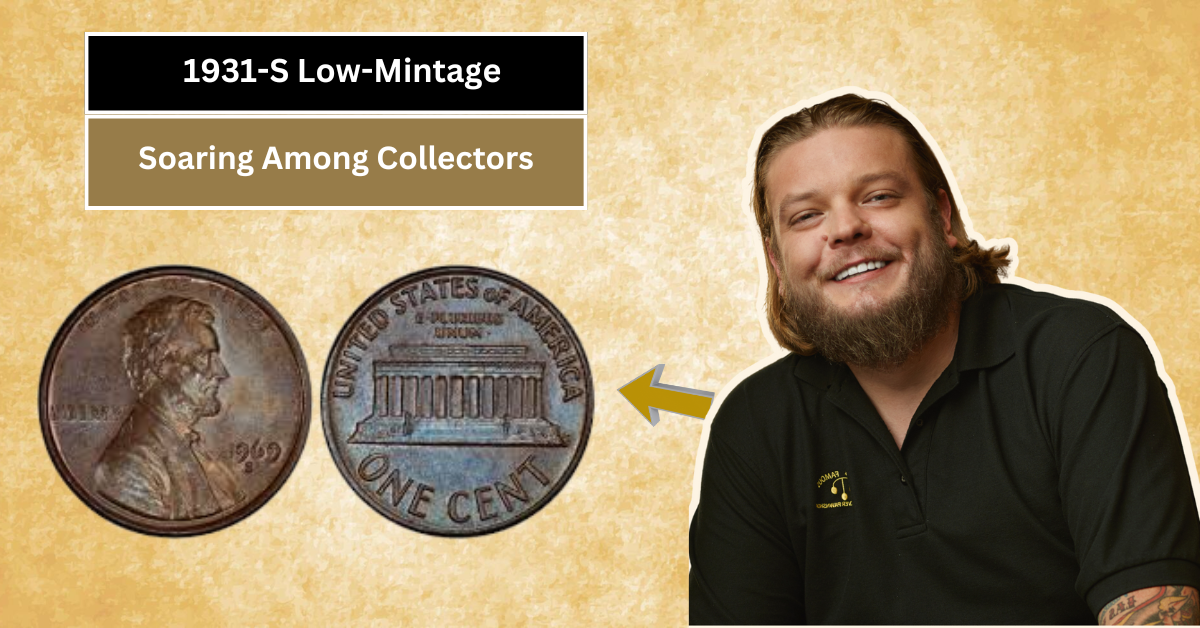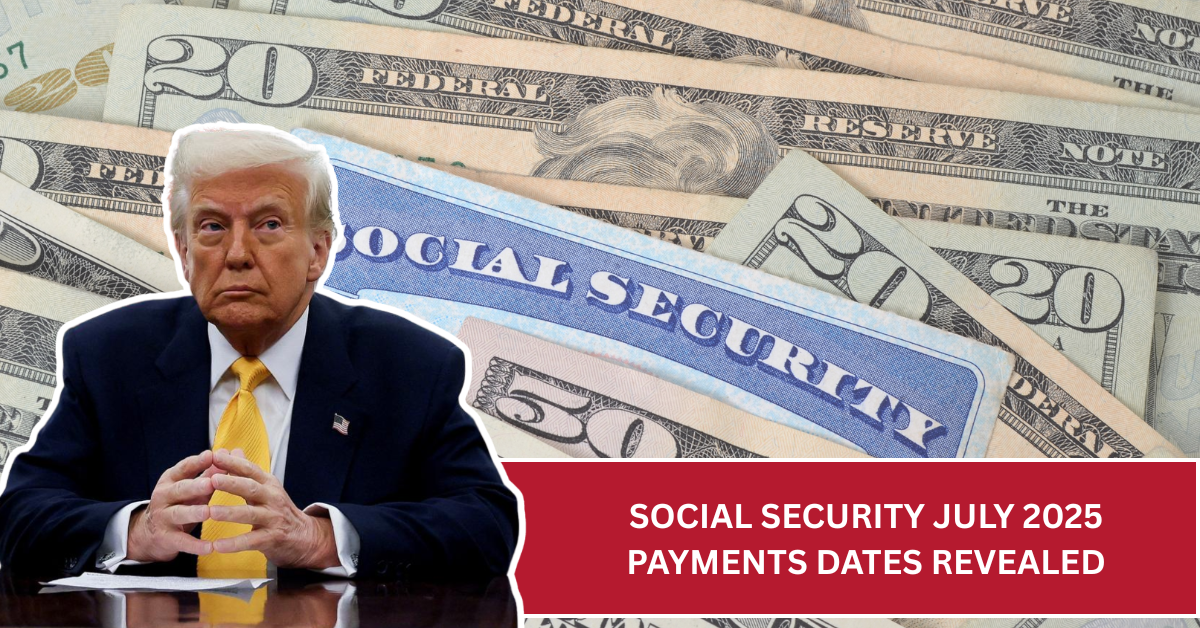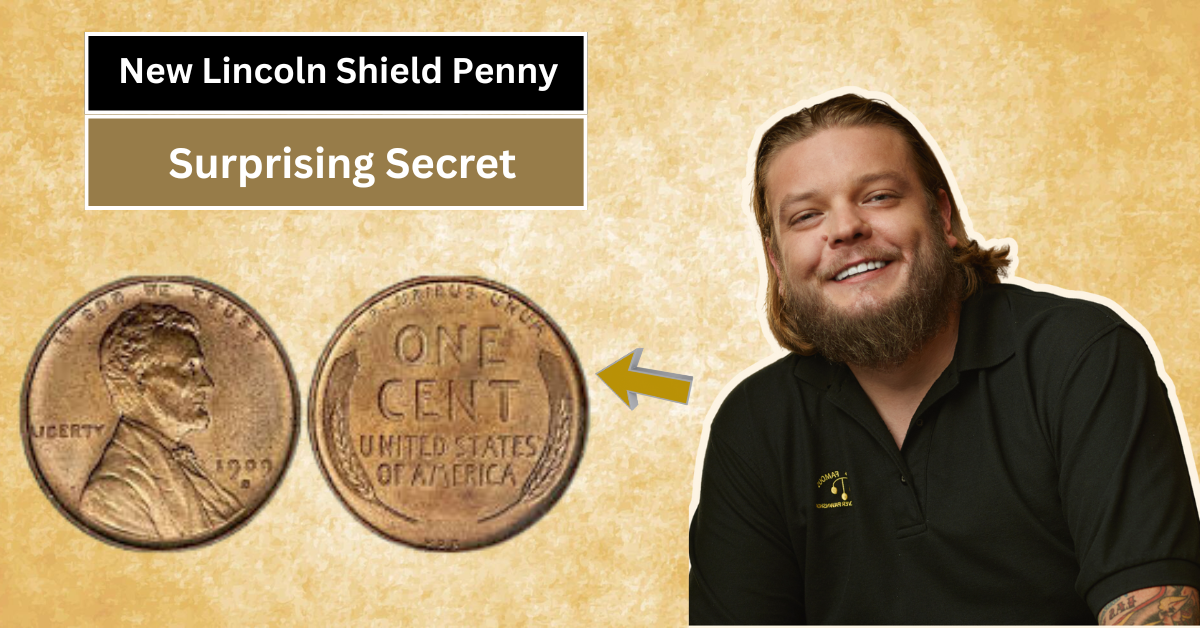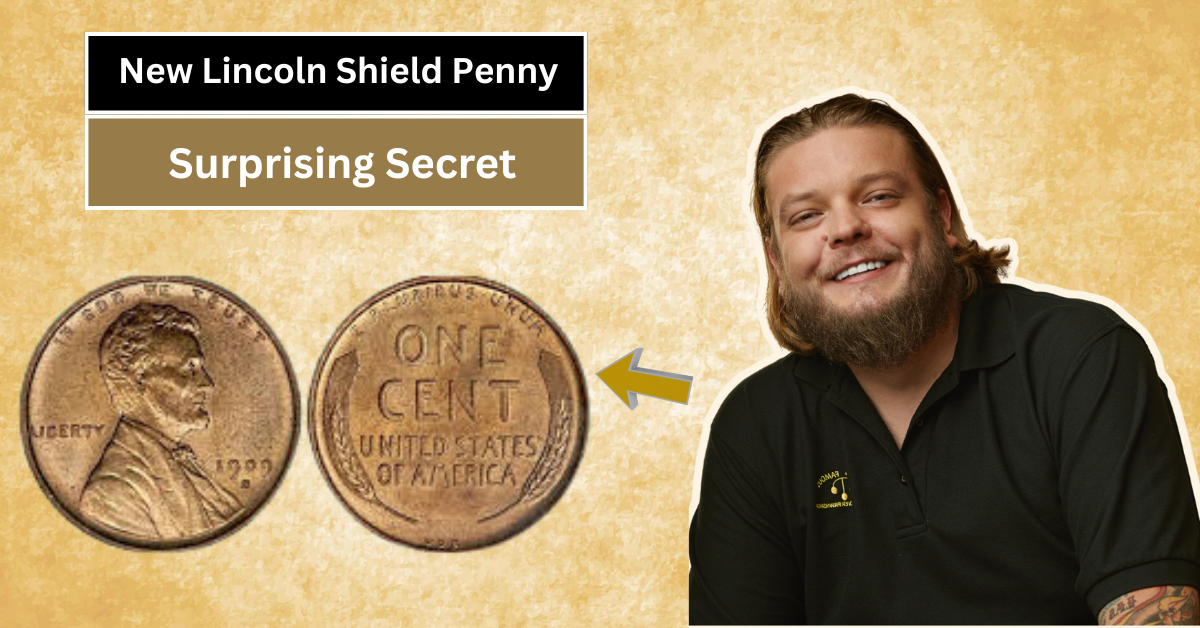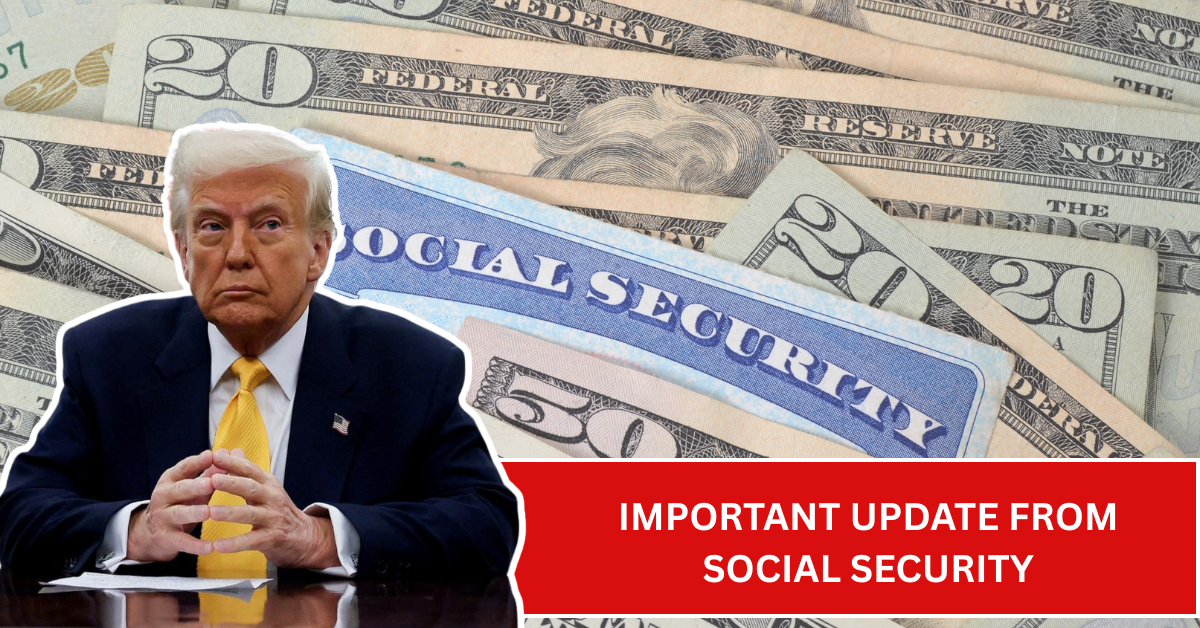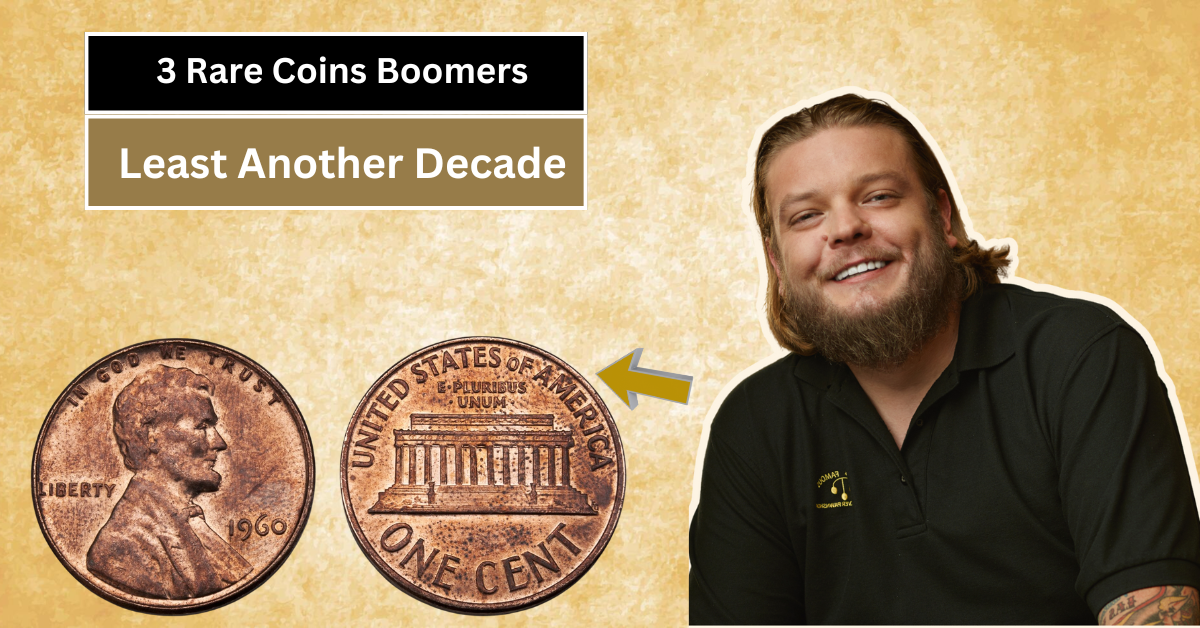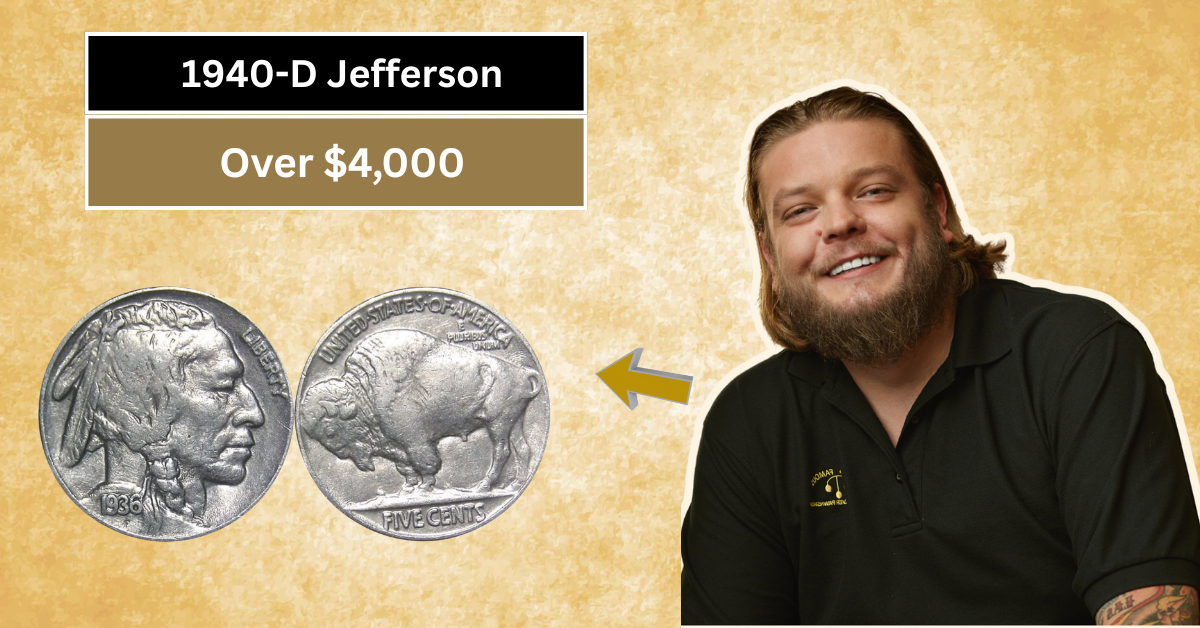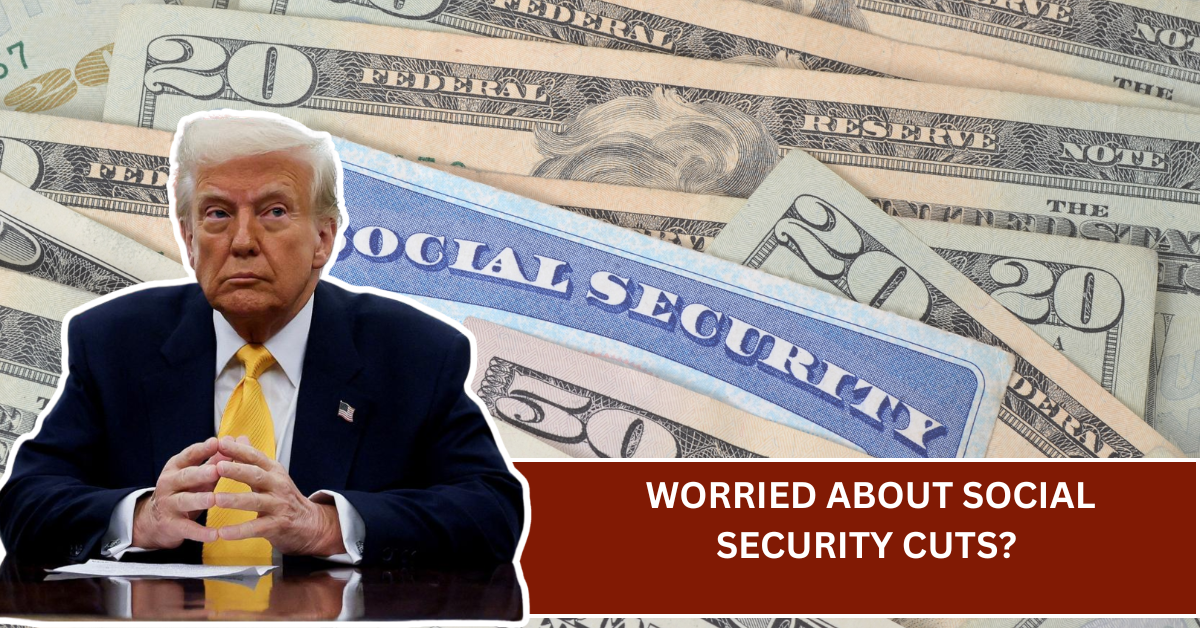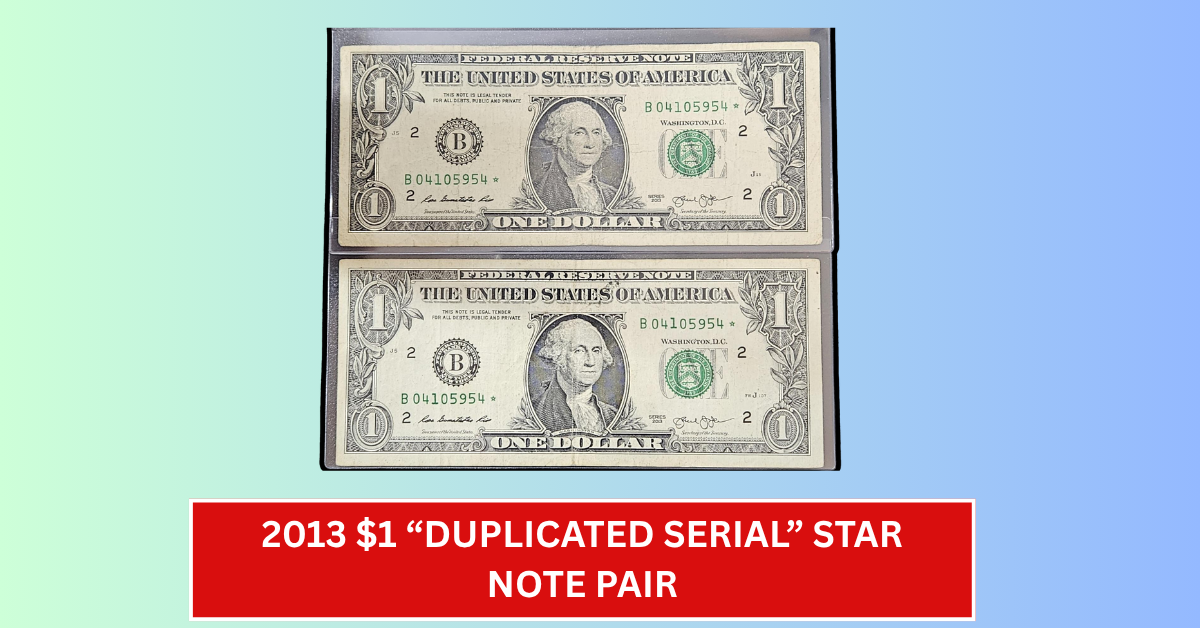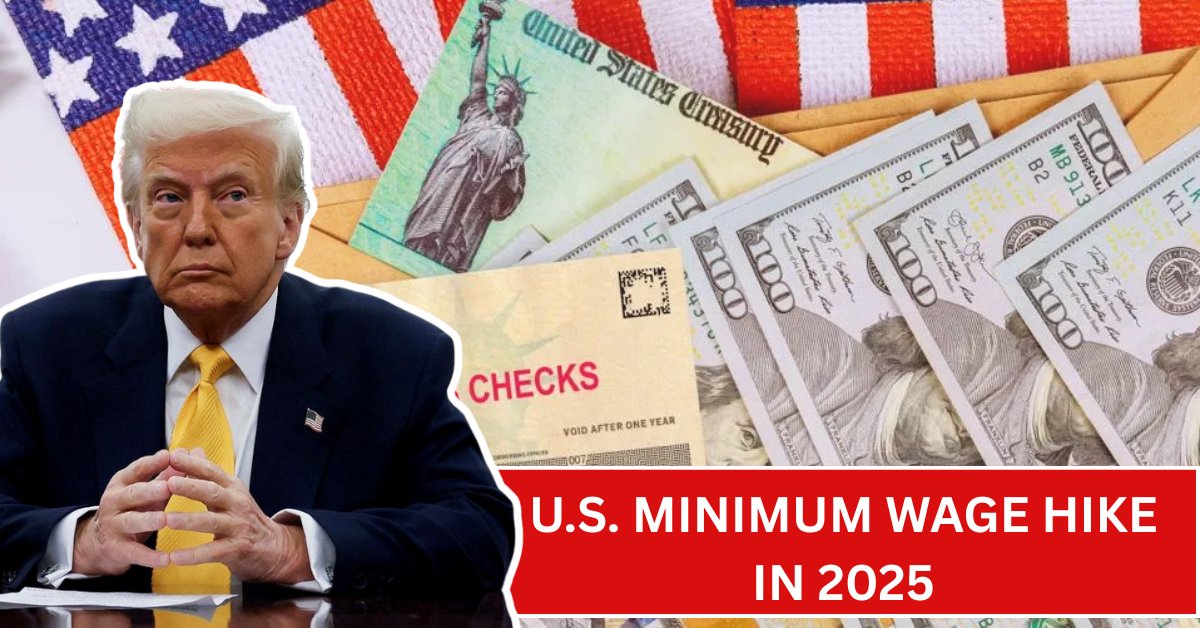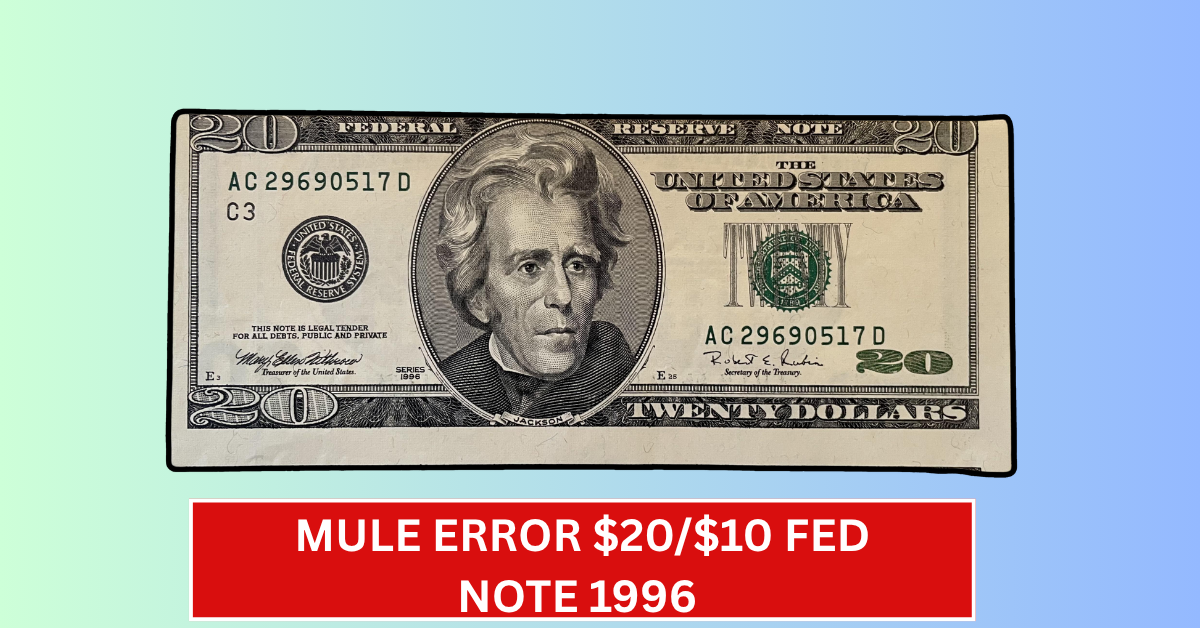
Collectible currency is an exciting world where even small mistakes on banknotes can turn them into valuable treasures. Recently, a rare $20/$10 Federal Reserve note from 1996 sold for a whopping $161,000. This note caught the attention of collectors because it had a unique printing error known as a “mule error,” where two different denominations appear on the same bill. Curious about how this mistake happened and why it’s so valuable? Let’s dive in.
Understanding the mule error and why this particular 1996 note is special can help you appreciate the fascinating world of error currency. Whether you are a casual observer or interested in collecting, this story shows how one printing plate mix-up can turn a regular note into a high-price collector’s item.
What Is a Mule Error in Currency?
This Article Includes
A mule error happens in the printing process of currency when the front and back plates used don’t match. Usually, one plate has a specific denomination (like $20) and the other plate has the same. But when a mistake occurs, the front might show one denomination and the back another, creating a mixed-value bill. This is very rare because money printing is carefully controlled.
Think of it like printing a book with mismatched pages: the front cover belongs to one book and the back cover to another. For currency, this confusion makes the note unusual and interesting for collectors. Banks and printers work hard to stop such errors, so when a mule error slips through, it quickly becomes valuable and collectible.
The 1996 $20/$10 Federal Reserve Note Explained
The specific note in question dates back to 1996, when the US Government printed Federal Reserve notes that are commonly used in everyday transactions. This note showed the front as a $20 bill and the back as a $10 bill, clearly indicating a mule error. Both sides looked authentic, but their combination was impossible to find in normal currency circulation.
This mistake was caused by the obverse plate (the front printing plate) of a $20 note being paired accidentally with the reverse plate (the back printing plate) of a $10 note. Normally, these two plates should match for each bill. Since this error is so rare, only a few such notes exist in the world, making them highly desirable for collectors.
Why Did the $20/$10 Mule Error Note Sell for $161,000?
The $161,000 price tag shocked many, especially younger collectors and casual observers. But the high price reflects the extreme rarity and attention this particular note received because of its clear and dramatic error. The note was sold in an auction where serious collectors bid competitively, driving the price up.
Another reason for the high value is its excellent condition. The better the quality of the note and the clearer the error appears, the more collectors are willing to pay. The 1996 mule error note was well-preserved, making it a gem in the currency collecting world.
How Does This Mule Error Affect Currency Collecting?
This mule error shows that currency collecting is not just about old or rare bills but also about unusual printing mistakes. Many young people today find such stories exciting because they connect history, art, and rarity in one item. Collectors hunt for errors like this knowing they can be extremely valuable and unique.
The discovery of errors encourages more people to look closely at the money they use every day. It adds a fun and educational layer to understanding currency and increases interest in collecting. For those interested in starting their own collection, learning about errors is a great place to begin.
Tips for Spotting Currency Errors
If you want to find currency errors yourself, here are some simple tips. First, always look at both sides of a note carefully. Check the denomination numbers, colors, and designs to see if something looks off or mismatched. Second, keep an eye out for printing shifts, smudges, or missing parts, which can also mean errors.
It’s also good to learn about common types of currency errors like misalignments, doubling, and overprints. You can find many guides and videos online that explain these in simple ways. Remember, though, that not all unusual notes are valuable, so it helps to have a basic understanding or ask an expert.
Conclusion: Why This Mule Error Is a Big Deal
In simple terms, the $20/$10 mule error from 1996 is a symbol of how small mistakes can create something extraordinary. This note instantly became a treasure because it is rare, unique, and tells a story about how money is made. For young people, it’s a cool reminder that even everyday things like currency can hold surprising value.
Whether you are curious about collecting or just want to know about interesting facts, this mule error encourages us to look closer at the ordinary things around us. Who knows? The money in your pocket might just be hiding a secret waiting to be discovered.


